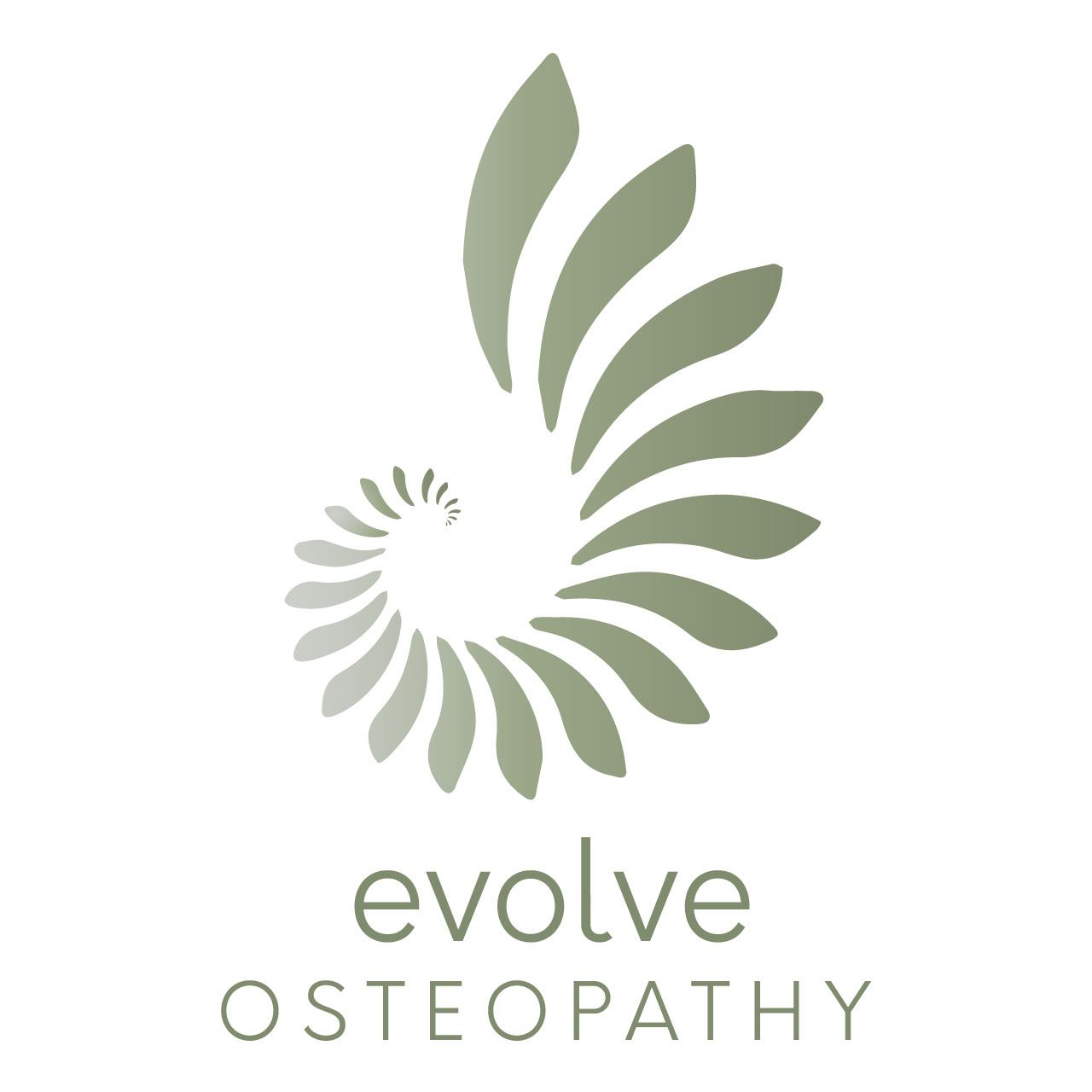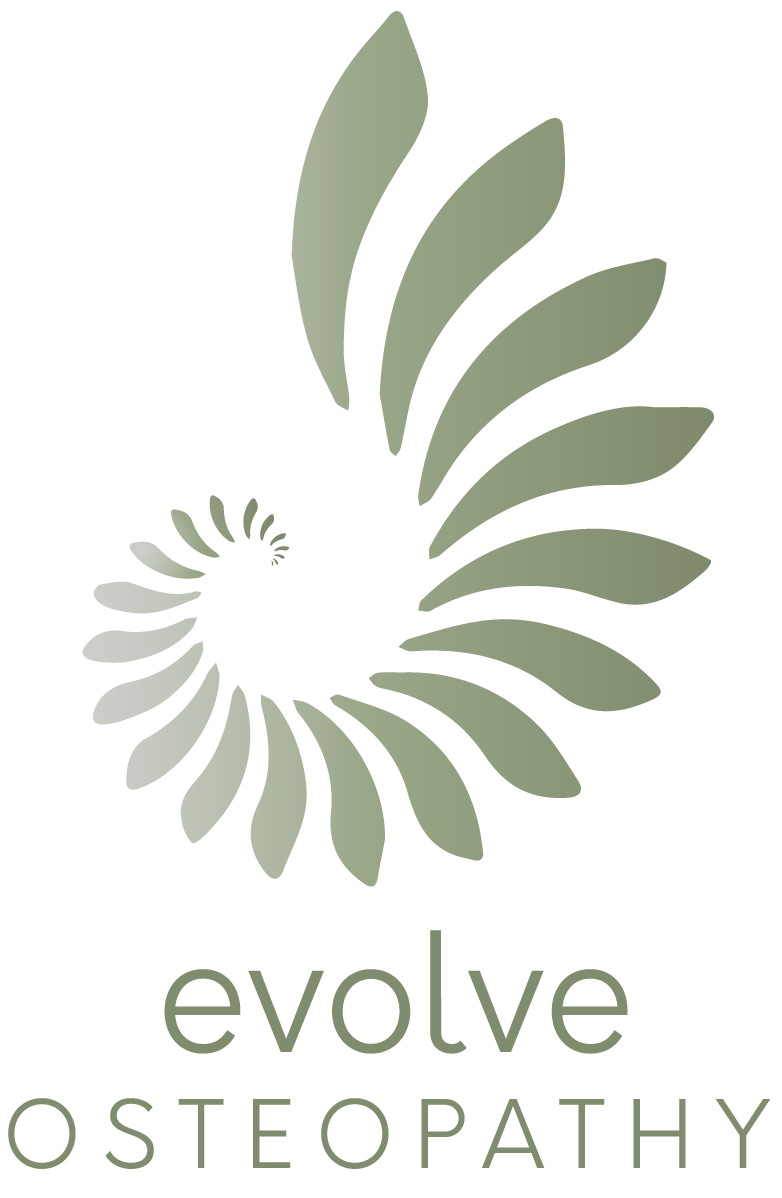Sciatica is a condition that affects millions of individuals worldwide, causing pain and discomfort in the lower back and legs. It occurs when the sciatic nerve, the longest nerve in the body, becomes compressed or irritated. Osteopathy, a holistic approach to healthcare that emphasizes the body’s self-healing abilities, has emerged as an effective treatment option for sciatica. In this article, we will explore the causes and symptoms of sciatica, how osteopathy can help relieve sciatica pain, the role of osteopathic treatment in sciatica management, and the evidence and research supporting the benefits of osteopathy for sciatica.
Understanding Sciatica: Causes and Symptoms
Sciatica commonly occurs due to a herniated or bulging disc in the spine, which puts pressure on the sciatic nerve. Other causes may include spinal stenosis, degenerative disc disease, or even muscle spasms. The most distinctive symptom of sciatica is pain that radiates from the lower back down to the buttocks and legs. This pain can vary in intensity and may be accompanied by tingling, numbness, or weakness in the affected leg. In some cases, individuals may also experience difficulty in moving their leg or foot.
How Osteopathy Can Help Relieve Sciatica Pain
Osteopathy offers a non-invasive and drug-free approach to treating sciatica pain. Osteopathic practitioners work to identify and address the root cause of the problem by examining the patient’s overall musculoskeletal system. By assessing the spine, pelvis, and surrounding tissues, osteopaths can determine if any restrictions are contributing to the compression of the sciatic nerve. Using gentle manipulations, mobilisations, and soft tissue techniques, they aim to relieve pressure on the nerve and promote healing.
The Role of Osteopathic Treatment in Sciatica Management
Osteopathic treatment plays a crucial role in managing sciatica by addressing both the immediate pain and the underlying causes. In addition to manual techniques, osteopaths may provide advice on posture, ergonomics, and exercises to strengthen the supporting muscles and prevent further irritation. They may also offer guidance on lifestyle modifications and stress reduction techniques, as stress can contribute to muscle tension and exacerbate sciatica symptoms. By taking a holistic approach, osteopathy aims to optimize the body’s natural healing abilities and improve overall well-being.
Benefits of Osteopathy for Sciatica: Evidence and Research
Numerous studies have shown positive outcomes in using osteopathy for sciatica treatment. A systematic review published in the Journal of Osteopathic Medicine found that osteopathic manipulative treatment resulted in significant pain reduction and functional improvement in patients with sciatica. Another study published in the Annals of Family Medicine reported that patients who received osteopathic treatment had a higher likelihood of complete resolution of sciatica symptoms compared to those receiving conventional care alone. These findings highlight the efficacy of osteopathy as an evidence-based approach to managing sciatica.
In conclusion, sciatica can cause significant discomfort and disrupt daily life for those affected. Osteopathy offers a holistic and effective approach to relieving sciatica pain by addressing the root cause and promoting healing. Through manual techniques, lifestyle modifications, and exercise recommendations, osteopathic treatment aims to optimise the body’s ability to heal and restore balance. The evidence and research supporting the benefits of osteopathy for sciatica further validate its role in the management of this condition. If you are experiencing sciatica, consulting with an osteopath may provide you with the relief and improved quality of life you seek.



